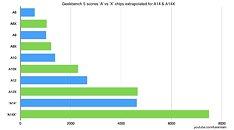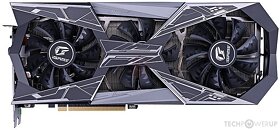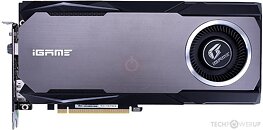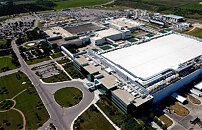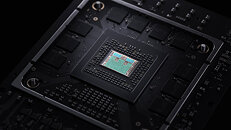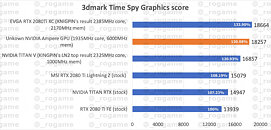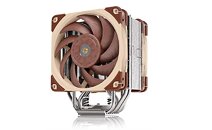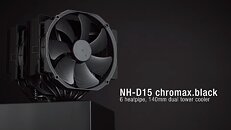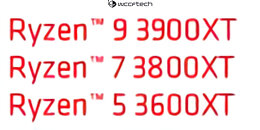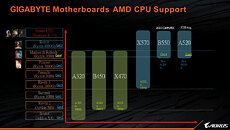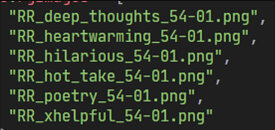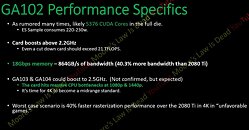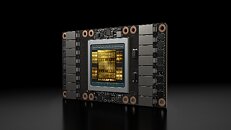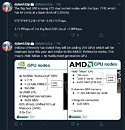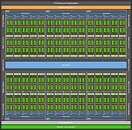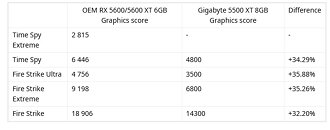
AMD Ryzen 5 5600 Rumored to Launch Early 2021 for 220 USD
AMD recently announced their first Ryzen 5000 series chips catering to the high-end market. AMD announced the Ryzen 5 5600X, Ryzen 7 5800X, and Ryzen 9 5900X with the bold claim of gaming supremacy. These chips came with price increases across the board over their predecessors being priced at 299 USD for the Ryzen 5 5600X, 449 USD for the Ryzen 7 5800X, and 549 USD for the 5900X. The AMD Ryzen 5 5600 which is expected to offer the best price to performance was not announced at the event to the disappointment of many wanting to upgrade their Ryzen systems.
According to a recent report AMD plans to release the Ryzen 5 5600 in early 2021 for 220 USD. This represents an 80 USD price cut over the Ryzen 5 5600X and a 20 USD price increase over the Ryzen 5 3600. This launch will likely coincide with BIOS updates for 400 series motherboards to support Ryzen 5000 chips. If AMD can match the performance of Intel's i5-10600K with the Ryzen 5 5600 they will likely have a very impressive value chip on their hands.
According to a recent report AMD plans to release the Ryzen 5 5600 in early 2021 for 220 USD. This represents an 80 USD price cut over the Ryzen 5 5600X and a 20 USD price increase over the Ryzen 5 3600. This launch will likely coincide with BIOS updates for 400 series motherboards to support Ryzen 5000 chips. If AMD can match the performance of Intel's i5-10600K with the Ryzen 5 5600 they will likely have a very impressive value chip on their hands.







